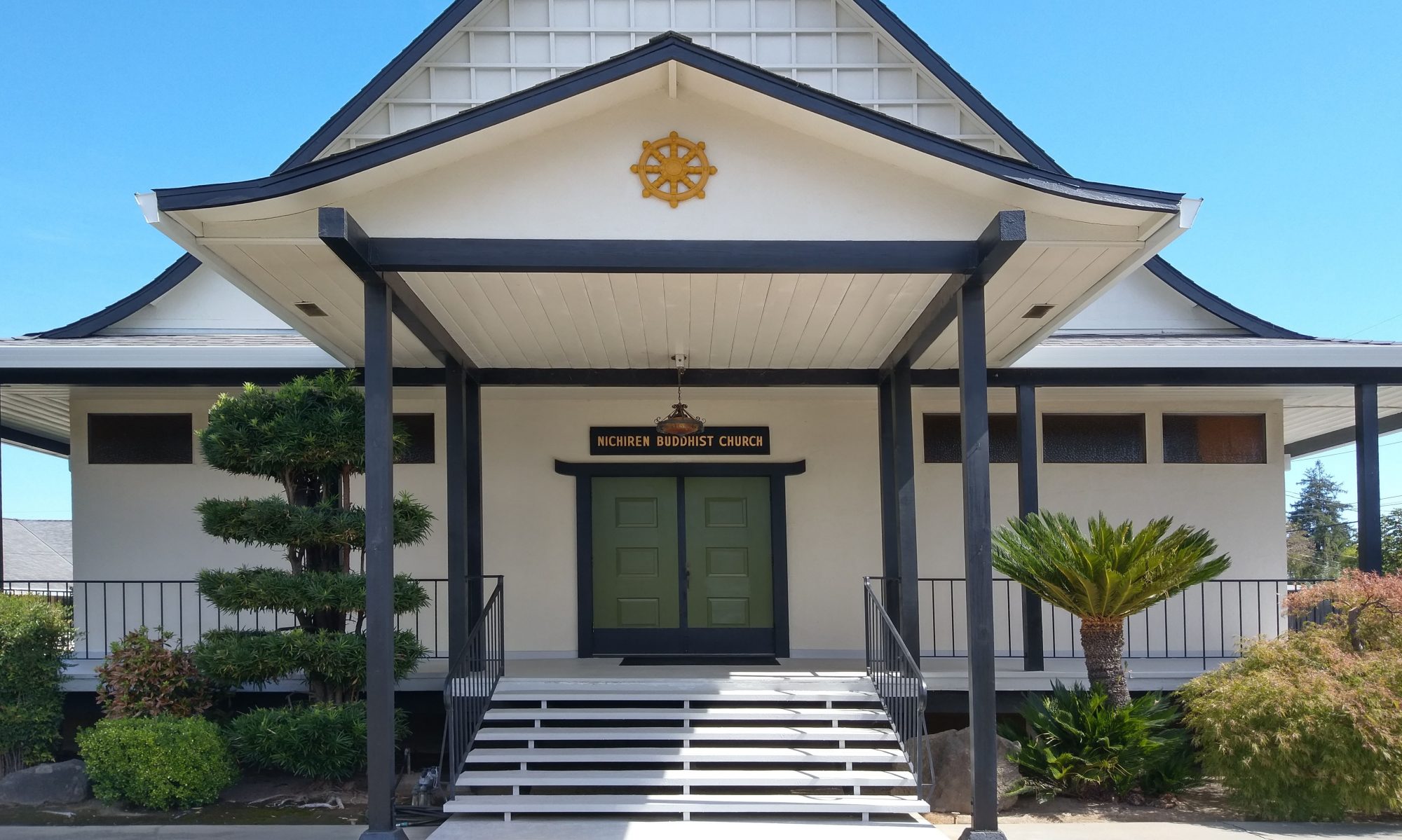Throughout history, individuals in various fields of study have proposed many views as to the innate characteristics of human nature. Despite various characteristics for potential discussion from a Buddhist standpoint, I would like to further elaborate on the idea of the innate goodness of mankind. We have all witnessed people whom we can place on different levels of the “good”/”evil” spectrum. We make these decisions based primarily on any actions we observe taken by the individual. Thus, depending on the observer, a single individual could be placed on very different levels of the spectrum. This leads us to the question of whether or not we are born with the innate knowledge of good or bad.
Before discussing any further, I would like to share an article published in a Japanese newspaper several years ago. It was written by Hiroshi Mikado, a famous traditional Japanese narrative singer of the 20th century. He writes:
I was asked by the head director of juvenile detention centers to travel across Japan and give speeches to juvenile delinquents. I recall one visit I made to a juvenile detention center. I spoke to an audience of 400 individuals and my speech lasted for approximately an hour. Throughout my presentation, there was one young man who for some reason caught my attention. After my speech, I asked one of the staff members at the center ifl could talk to this individual who was sitting three chairs from the back on the right side of the auditorium. The staff told me, “Sir, I do not think that is a good idea. He is 18 years old and since his arrival here, has not shown even a bit of remorse for the crimes he has committed. Speaking to him will only disappoint you.” I replied, “Is he really that bad of a person? I have traveled to several juvenile detention centers and prisons throughout the years. I have met a lot of people but no one has completely disappointed me thus far. Could you please invite him to speak with me?” The staff member called the young man over and upon speaking to him I realized that indeed this individual was far from an example of the model citizen. He had committed crimes of robbery and murder. He told me that he had snuck into his boss’s house to steal, thinking that the house would be empty. He soon realized that he had been caught stealing by his boss’s wife who was at the house, so he attacked and murdered her. After hearing his story, I decided to show him three pictures that I had with me. The first picture showed a mother breast-feeding her child. The second picture showed the mother giving her child some spending money. The last picture showed the aged mother who was taking a break from working in the fields to place her hands into a gassho and pray towards the sunrise. I asked him to choose the picture that he thought presented the most beautiful gesture. He looked at the picture for a long time and slowly pointed his finger to the third picture of the aged mother praying. At that moment, I was struck with great surprise. Even someone who had committed such heinous crimes considered praying to be an act of beauty. This experience made me realize that no one is innately evil.
Similar to Mikado, Nichiren Shonin also stated that everyone is innately good because we are all born with a Buddha nature. I have previously mentioned the analogy of the Buddha nature being the inside of a seed with the outer shell being the bad karma that results from our previous actions. However, by chanting the odaimoku, which is the name of the Buddha nature, our Buddha nature will grow and eventually break through the outer shell. Even individuals that commit bad actions are innately good since they all possess the Buddha nature, which still has a thick outer layer of the bad karma. Nichiren Shonin writes in his Kanjin Honzon Sho, “Even an evil man who does not feel remorse for his actions will still love and care for his wife and child.”
With the New Year having begun, I hope that everyone will continue to reflect on his or her actions and take the time to help develop their Buddha nature.
Ven. Kenjo lgarashi
January 2017
